
Economic stability doesn’t always come from booming industries or high-paying jobs. In some U.S. regions, welfare benefits play a central role in keeping communities afloat. These programs do more than assist individuals—they ripple through local economies. This article highlights ten areas where public support quietly sustains everyday life, local businesses, and regional resilience.
South Carolina
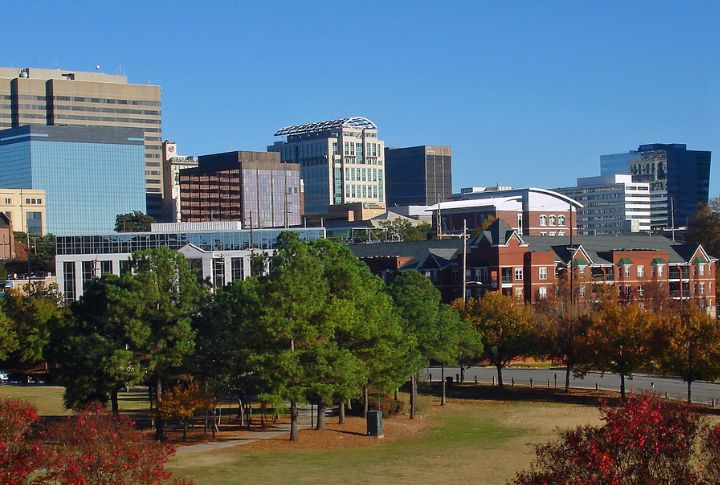
Public assistance programs fund essential transportation and childcare services in certain rural counties. By lowering barriers to employment, they boost workforce participation and improve access to regional job markets. These programs also help strengthen community connections, fueling economic growth that extends well beyond local boundaries.
McAllen-Edinburg-Mission, Texas
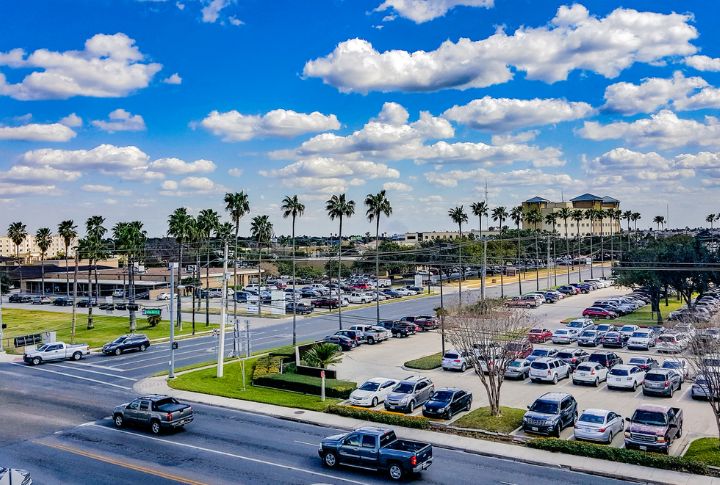
Nearly one-third of households in this border metro area live below the poverty line, far exceeding the state average. Government aid becomes a lifeline for many families, especially in neighborhoods where median incomes fall significantly short of Texas-wide figures.
West Virginia
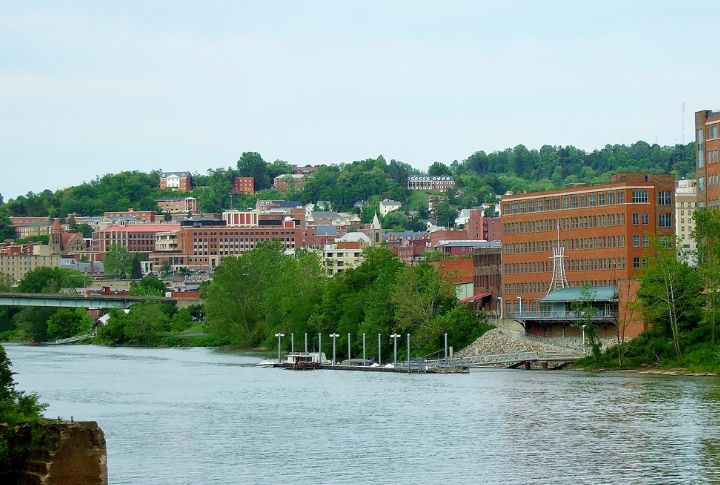
Long-term job losses in coal mining and manufacturing have left many West Virginian communities dependent on welfare checks. This reliance sustains families and local businesses alike, which helps towns survive economic shifts that would otherwise be devastating.
Louisiana

Persistent poverty combined with frequent natural disasters defines Louisiana’s economic reality. Welfare benefits serve as essential financial support in many parishes, sustaining spending power in grocery stores, pharmacies, and other local businesses where steady employment is hard to find.
Kentucky
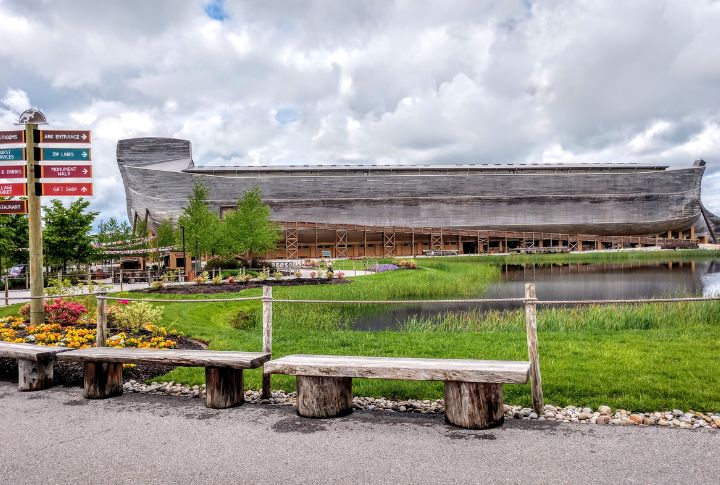
Welfare programs in Appalachia are primarily designed to address poverty and improve socioeconomic outcomes. However, by supporting small-scale farms, crafts, and family businesses, these programs indirectly help maintain traditions that attract niche tourism and strengthen community identity.
Arkansas
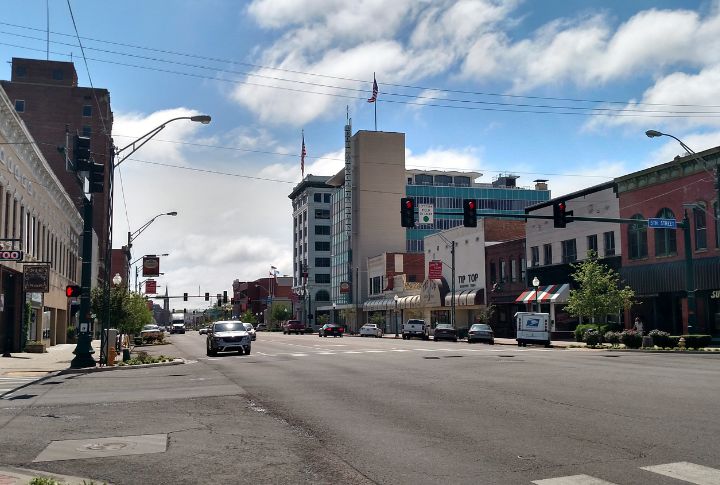
Public assistance influences the Arkansas Delta region beyond its economic impact, also shaping its political dynamics. Social programs affect voting behaviors and steer public policy decisions, which in turn impact how resources are distributed and economic development is planned.
Alabama
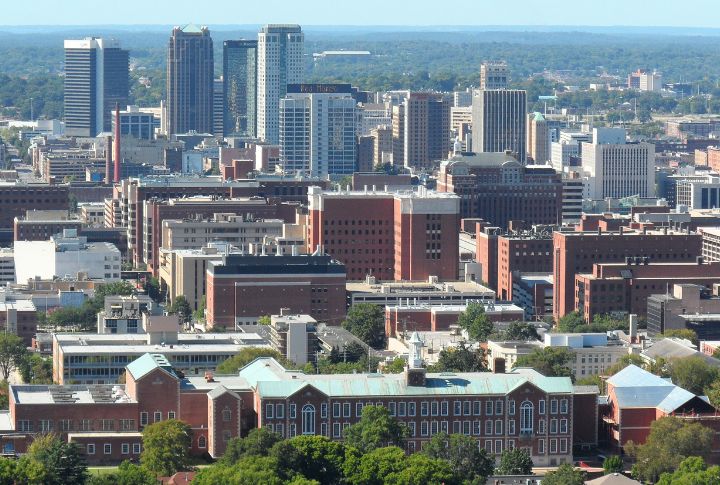
Within the Black Belt, welfare disbursements shape the labor market by influencing decisions around part-time and seasonal work. These payments provide a financial cushion and allow residents to pursue flexible employment without risking total economic insecurity.
New Mexico

In New Mexico’s remote counties, steady social assistance payments directly impact consumer spending habits. This dependable income flow supports local markets and public services, helping counterbalance the economic challenges caused by geographic isolation and limited industrial presence.
Mississippi
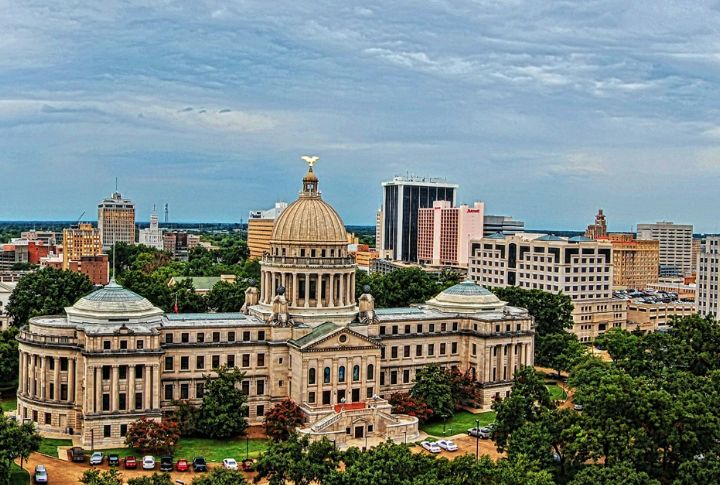
Informal economies thrive in Mississippi’s communities where welfare benefits circulate within close-knit networks of families and neighbors. Fueled by social programs, these grassroots exchanges create alternative economic activity that strengthens local resilience outside conventional market systems and official channels.
Georgia (Certain Rural Areas)
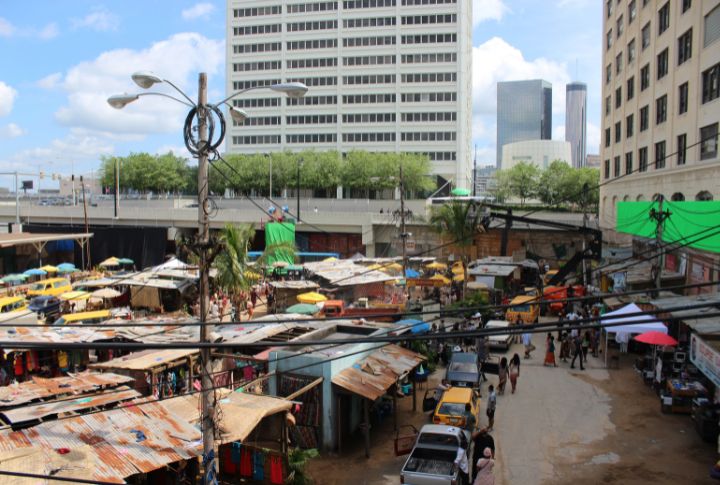
Covering rent and utility bills through government aid plays a vital role in stabilizing household finances in parts of Georgia. This steady support alleviates financial stress, freeing up families to meet other needs and keeping local economies functioning smoothly.
